
Lorem ipsum dolor sit amet, quo ei simul congue exerci,
IMPLEMENTING THE TB STIGMA
ASSESSMENT
TB STIGMA & CRG ACTION PLANS
PEOPLE WITH TB INFORMING
INTERVENTION TO END STIGMA
Stigma refers to a social process where individuals are devalued, discredited, or labelled as undesirable due to a particular characteristic or condition, such as TB. Discrimination is the unfair or unequal treatment of individuals or groups based on perceived or actual characteristics, such as having TB.


Conducting the TB stigma assessment
Completed the assessment analysis
Experienced Stigma in communities

Experienced Stigma at Health Facilities
Experience Self-Stigma



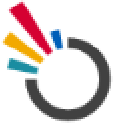 Real-Time Data on TB
Stigma
Real-Time Data on TB
Stigma
IMPLEMENTING THE ONEIMPACT
ENGAGGED ON ONEIMPACT
REPORTED BY TB COMMUNITIES
CHALLENGES INHIBITING ACCESS TO
TB CARE AND SUPPORT SERVICES
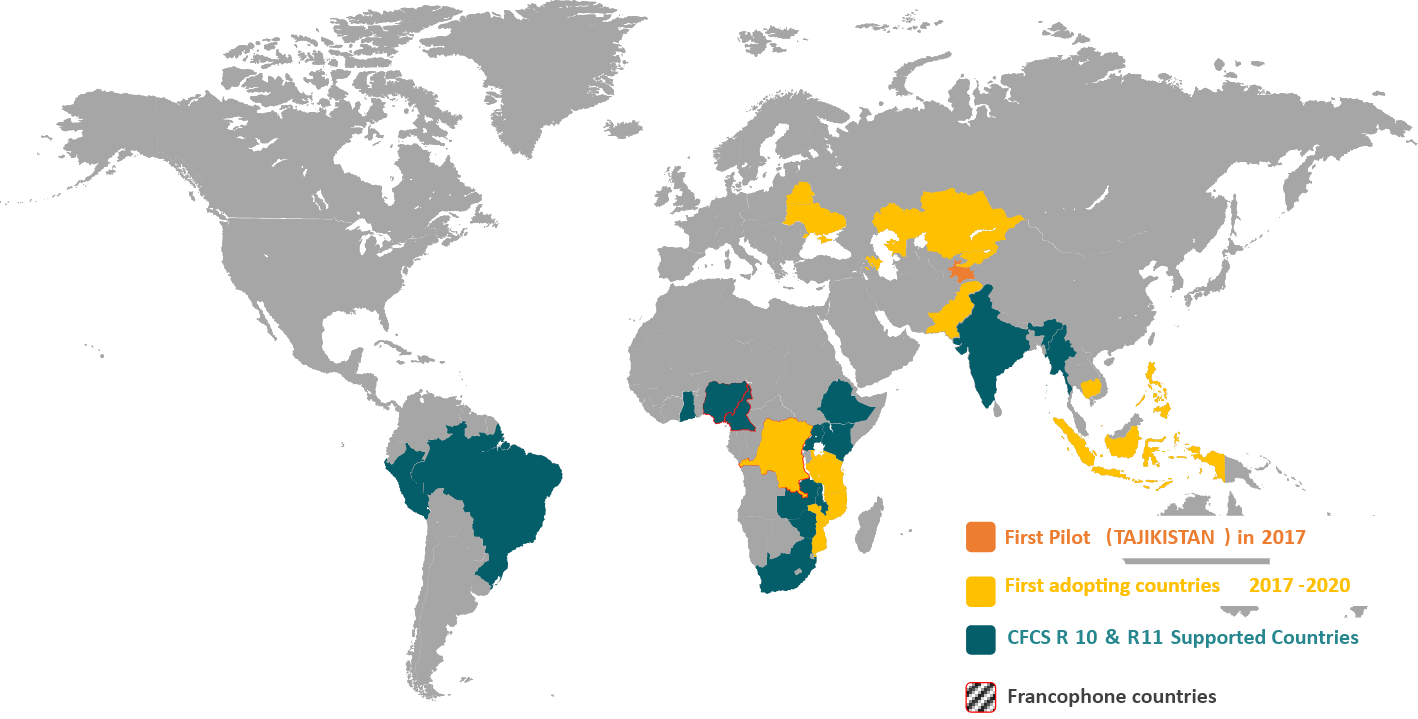


Lorem ipsum dolor sit amet, quo ei simul congue exerci,

Sharing key insights from countries on assessment findings and interventions to address them

Aligning to understand Stigma levels, its settings and impact on access of TB care and support services

Global Consultation with HIV & TB communities, KNCV, WHO and other partners
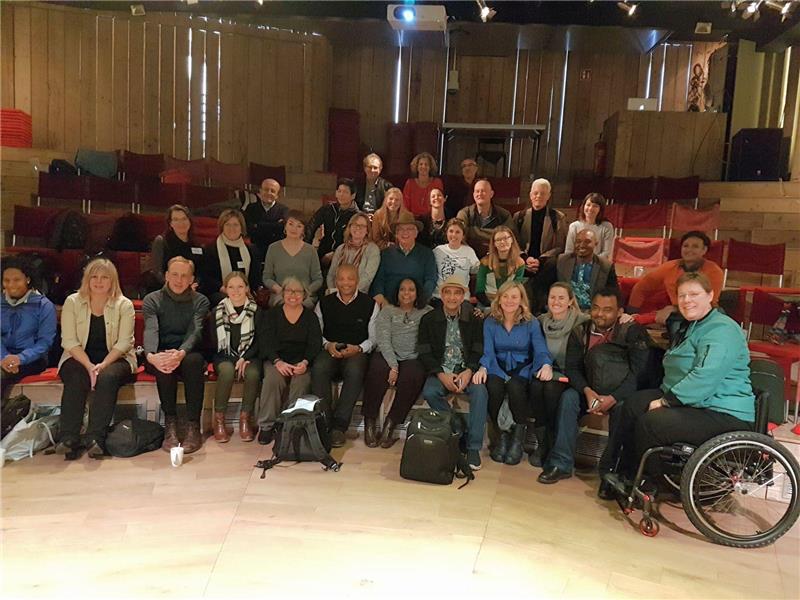
KNCV Global Consultation on Stigma measure. Hague, Netherlands, 2017

Union Conference 2017 – Guadalajara, Mexico – Community consultation including KNCV, USAID, WHO, HIV and TB communities

STP TB Stigma Assessment - Implementation Handbook

STP TB Stigma Assessment – Data Collection Instruments

STP TB Stigma Assessment – Data Entry and Analysis Workbook
To assess the extent to which TB stigma acts as a barrier to accessing TB care and support services in different settings (self-community-family-healthcare-legal and policy environment) including across gender and among key and vulnerable populations (KVPs).
To build a common understanding of stigma, how it acts as a barriers and the importance of addressing it at all the levels.
To gather information on the impact of stigma and to interpret the data collected to uncover patterns, insights, and trends.
To ensure that the data is accurate, complete, consistent, and reliable before using it to take actions and at levels.
To assess the extent to which TB stigma acts as a barrier to accessing TB care and support services in different settings (self-community-family-healthcare-legal and policy environment) including across gender and among key and vulnerable populations (KVPs).
To build a common understanding of stigma, how it acts as a barriers and the importance of addressing it at all the levels.
To gather information on the impact of stigma and to interpret the data collected to uncover patterns, insights, and trends.
To ensure that the data is accurate, complete, consistent, and reliable before using it to take actions and at levels.
Once the initial adaptation process is completed, the platform is reviewed and approved by the country implementation partners.
Once the platform has been reviewed by all the stakeholders including the NTP, the platform is piloted by opening up access to a small group of people .
Various consultative workshops and meetings are conducted for different stakeholders to get feedback on all components of the OneImpact platform. All these feedbacks are documented and finalized.
Once all the feedbacks from the initial pilots are recieved, these feedbacks are incorrpoated in the platform and the overall platform is further upgraded.
The platform is then sclaed up to maximise reach across all TB affected community across the nation. Different stratgies like social media promotion, inclusion of access link in TB treatment card, leveraging NTP communication mechineries are leveregd.
Once all the feedbacks from country stakeholders has been incorproated, the platform is then institutionalised as one of the core intervention within the National program including inclusion into the NSP.
It is ensured that the platform is fully integrated with the national data ecossytem and hosted and deployed in preferred server.

In this example, the sidebar is hidden (style="display:none")
It is shown when you click on the menu icon in the top left corner.
When it is opened, it shifts the page content to the right.
We use JavaScript to add a 25% left margin to the div element with id="main" when this happens. The value "25%" matches the width of the sidebar.
TB Stigma Assessment
in process
TB Stigma Assessment
Completed
Average number of respondents
across countries

Completed Assessment Review
In-Progress Review

Azerbaijan

Cambodia

DRC

Ethiopia

Ghana

India

Indonesia

Kazakhstan

Kenya

Malawi

Moldova

Mongolia

Nepal

Nigeria

Pakistan

Peru

Philippines

South Africa

Tajikistan

Ukraine

Zambia

The first ever Global Hackathon to End TB stigma.

The first ever Global Hackathon to End TB stigma.

The first ever Global Hackathon to End TB stigma.

The first ever Global Hackathon to End TB stigma.

The first ever Global Hackathon to End TB stigma.

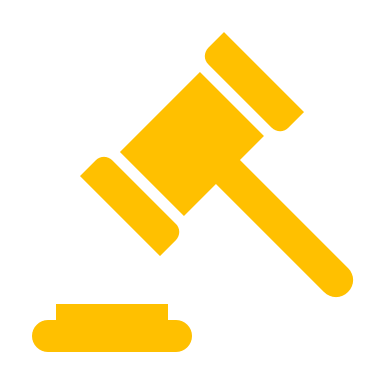






25% of people with TB experience stigma during the treatment adherence support phase
The intervention: The Rangers program is a youth agent of Change on TB Based on the findings of the TB Stigma assessment, we collaborated with BCF to empower youth as agents of change, providing education and psychosocial support that directly addresses stigma barriers. Fellow peers are more likely to connect and listen if invited to make changes.





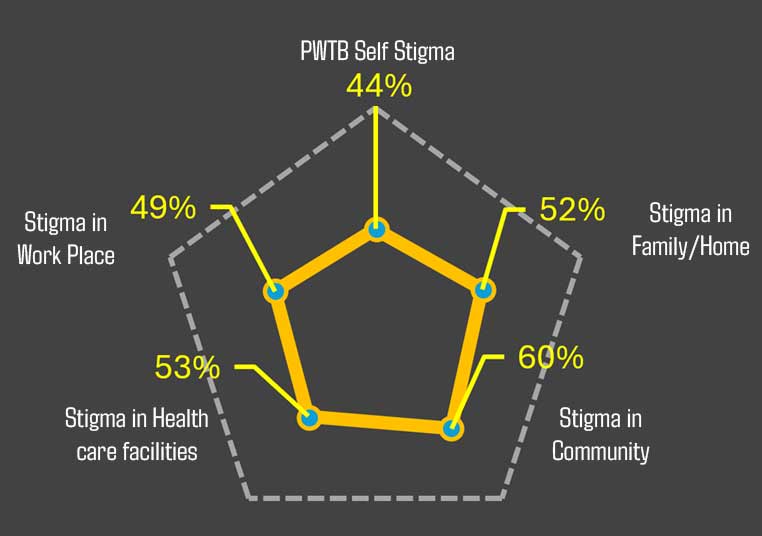





Empowering tribal populations to advocate for improved access to TB services
Implementer :
PRAKRUTHI Social Service Society
Project timeline :
June 2020-September,2021
Reason for intervention :
Low levels of awareness of TB amongst Tribal Populations
Main achievements :
Impact of TB programs and services
Investment :
20’000 USD

Due to remoteness, sparsely spread and hilly habitations, tribal populations are deprived of necessary and timely medical interventions from public health facilities. The absence of transport facilities further triggers the difficulty in reaching services, especially for women and children. There is a basic denial of human rights; tribal women are confronted by all forms of violence. The underlying causes of gender inequality are related to the social and economic structure based on norms and practices.
Culturally the tribal women lack access to resources, opportunities, and participation in the decision-making processes. This is equally pertinent in the case of their health-seeking behaviour. PRAKRUTHI through its TB CRG sensitizations meetings at the community level, health facilities and with political leaders; capacity building workshops and establishment of TB district and sub-national committees increased TB CRG awareness levels and created demand for TB services among tribal populations.
Through the village and Mandal level committees’ people with TB have access to peer support services, especially for TB treatment adherence. Also, District committee representatives participate in TB program review meetings at the district level to ensure tribal populations are prioritized.

NTPs must be included in the Core Groups to ensure government buy-in of the assessment process, findings, recommendations and costed action plans.

Confidentiality/privacy protocol and training should be provided for the entire assessment team (Core Group and research team)..

PWTB belong to 2+ KPs should also be analysed to identify KP overlapping patterns and explore if the stigma dynamics in inhibiting TB service access would differ from other non-KP PWTB and PWTB belonging to just 1 KP.

More PWTB and women should be included in the Core Groups and research teams (interviewers, field supervisor, project managers) to reflect the TB situation of the country (minimum a third should be women reflecting the global average).

PWTB who had not started treatment and KPs identified in literature review (e.g., CRG assessments, legal environment human rights scorecard) to face more stigma than other KPs should be over-sampled (minimum of 50) to ensure drill down analysis for them.

PWTB belong to 2+ KPs should also be analysed to identify KP overlapping patterns and explore if the stigma dynamics in inhibiting TB service access would differ from other non-KP PWTB and PWTB belonging to just 1 KP.

More PWTB and women should be included in the Core Groups and research teams (interviewers, field supervisor, project managers) to reflect the TB situation of the country (minimum a third should be women reflecting the global average).

More PWTB and women should be included in the Core Groups and research teams (interviewers, field supervisor, project managers) to reflect the TB situation of the country (minimum a third should be women reflecting the global average).

More PWTB and women should be included in the Core Groups and research teams (interviewers, field supervisor, project managers) to reflect the TB situation of the country (minimum a third should be women reflecting the global average).

More PWTB and women should be included in the Core Groups and research teams (interviewers, field supervisor, project managers) to reflect the TB situation of the country (minimum a third should be women reflecting the global average).